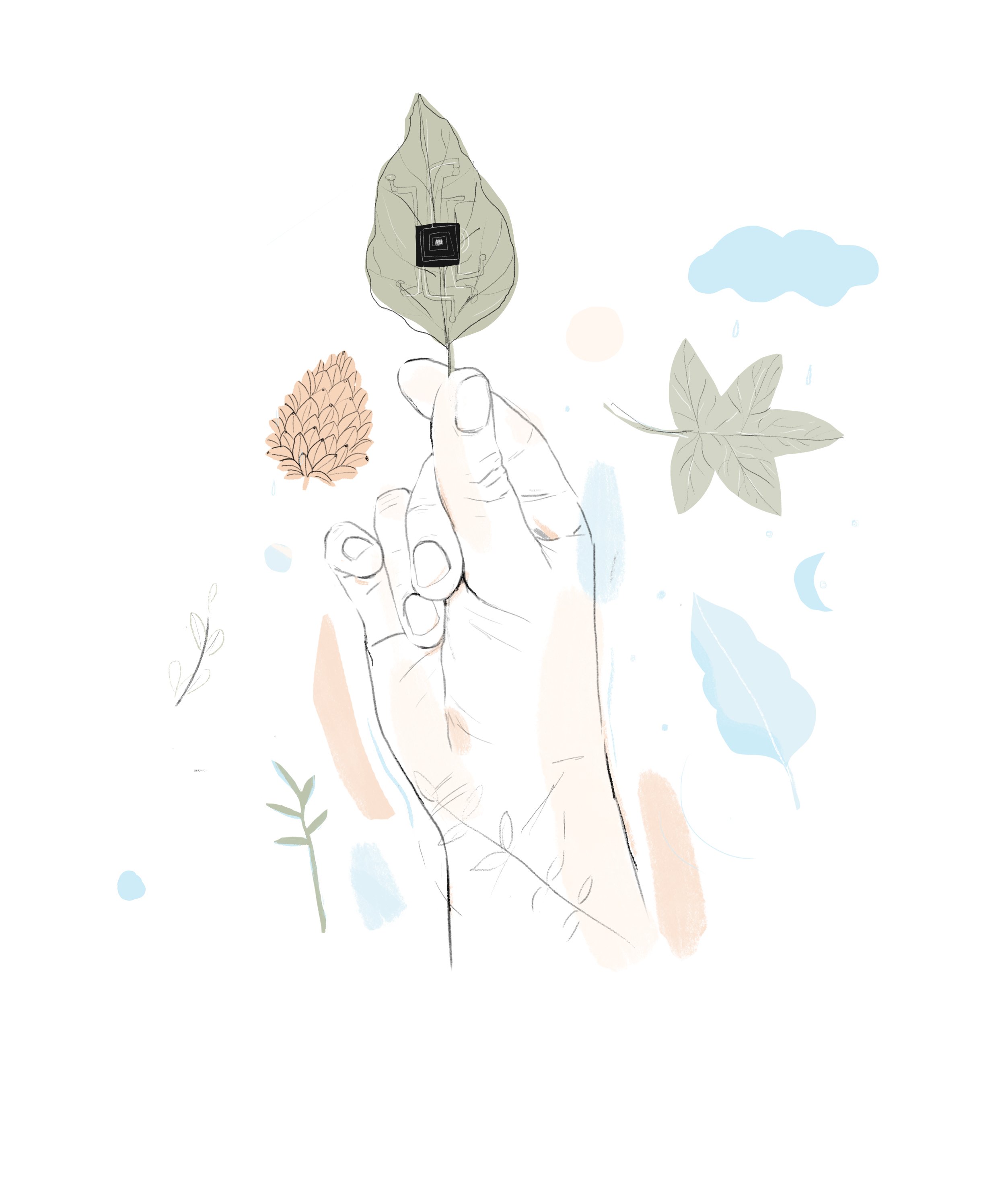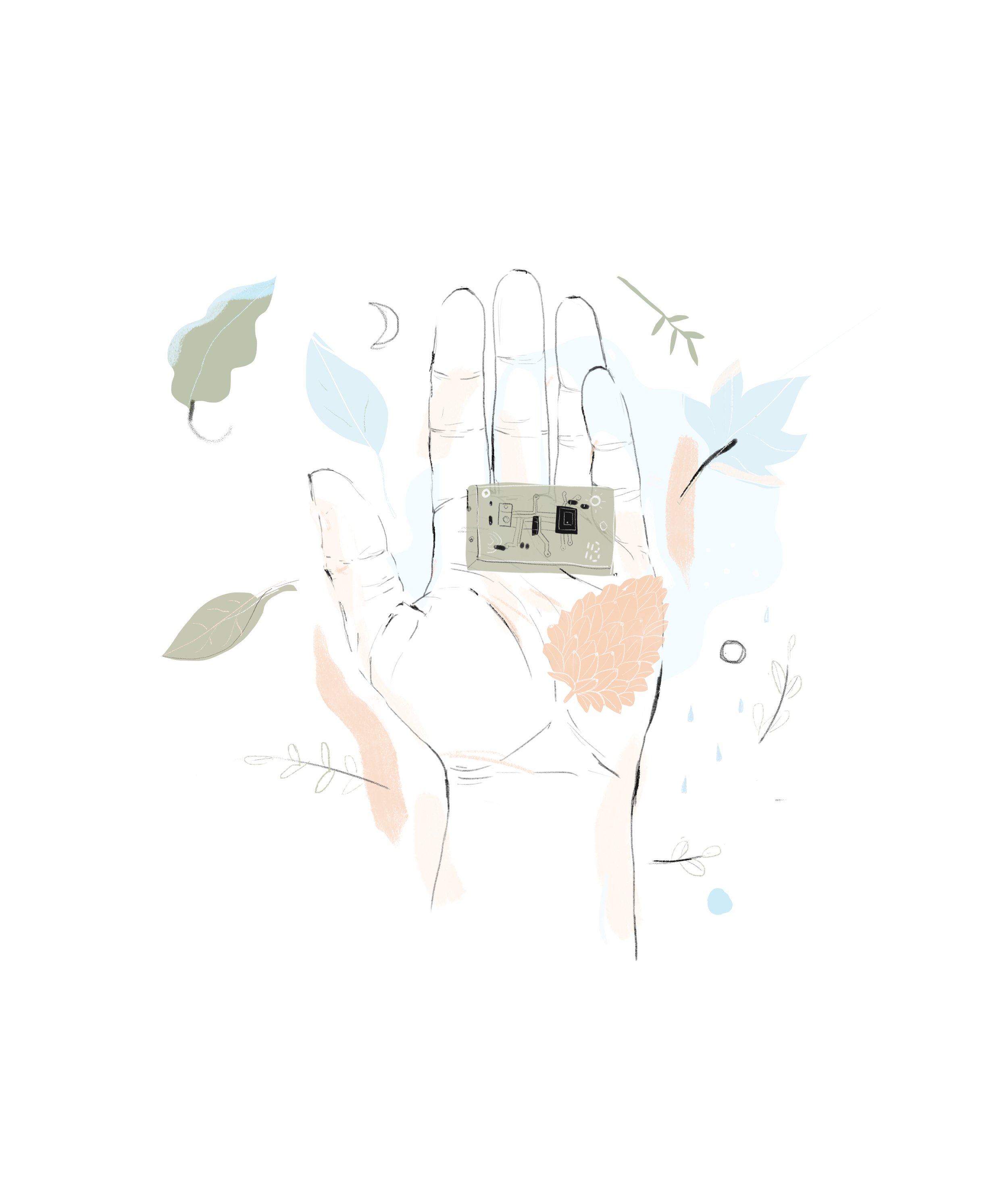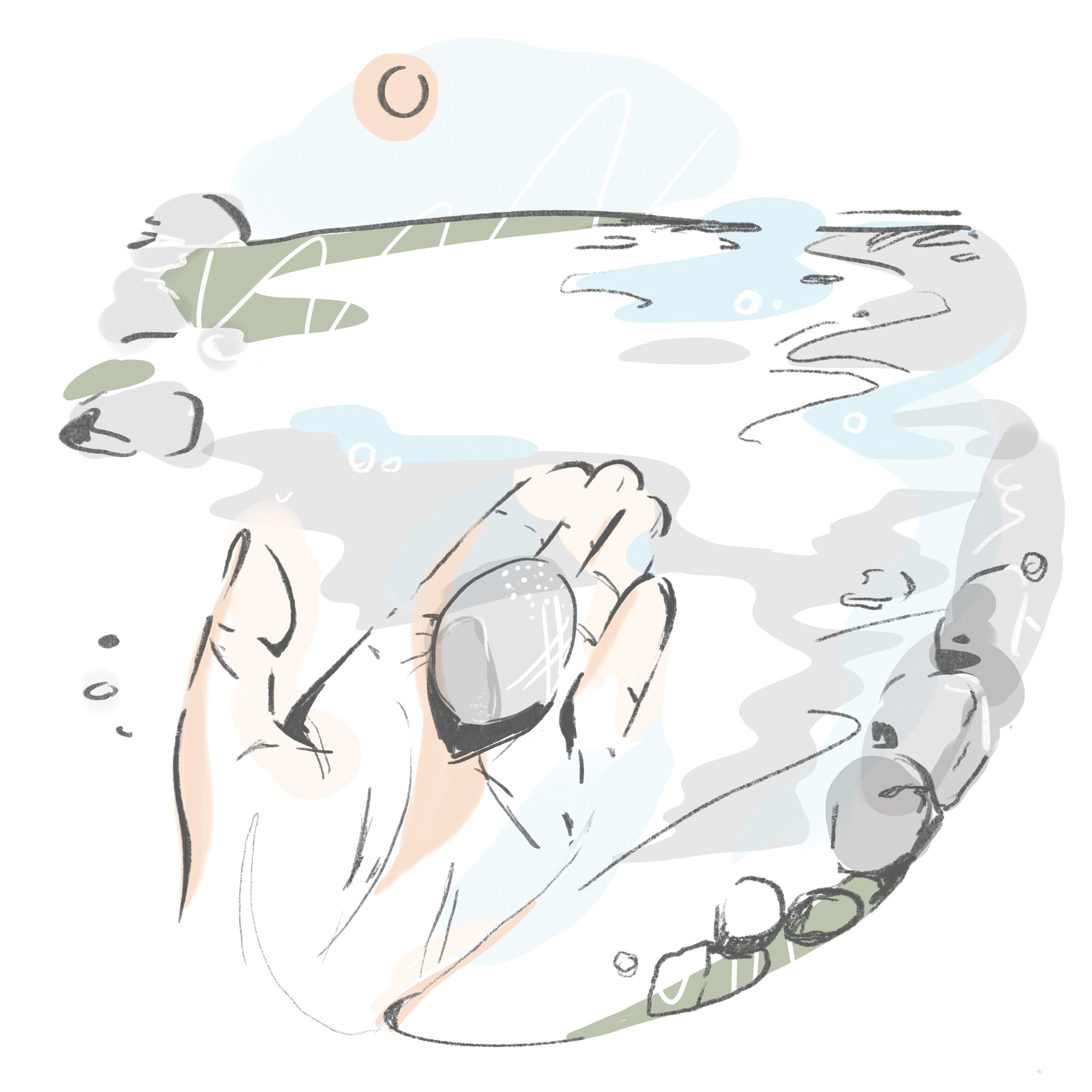How Can You Boost Research Impact and Public Engagement?
Infographic designed for Heritage for Global Challenges (PRAXIS, 2021)
The power of visuals to aid learning is clear and its efficacy has been cited in numerous research studies. Many of us will remember the eye-catching board-books of our childhood. Our teachers and caregivers supported learning through pictures and purposeful typography.
These learning benefits extend from childhood to adulthood. We've witnessed — first-hand — design's ability to boost research impact and public engagement. Buttercrumble has partnered with a range of design partners across Higher Education Institutes (HEI), charities, and public organisations to reinterpet complex research messages in accessible formats.
Accessible report design
We are proud to support PRAXIS (at the University of Leeds) on their research reports. PRAXIS' consolidate learning across projects funded by the Global Challenges Research Fund (GCRF) and the Arts and Humanities Research Council (AHRC). PRAXIS are advocates for Arts and Humanities research and its positive impact on global development challenges.
Their research needs to reach global decision makers therefore accessible report formats are vital. We design interactive reports that can be shared on the web. This allows impact and policy relevance to be communicated to a worldwide audience.
Furthermore, their research is often associated with the United Nations' Sustainable Development Goals (SDGs). These goals are widely recognised and categorised by colours and symbols which we used in our report design. They speed-up understanding as the colourful SDG symbols are instant signifiers to audiences.
Book design
Design can engage public audiences on matters of importance. We worked with Shantona Womens Centre to present their Islamophobia: Untold Stories project as a book.
We curated an anthology of local women's experiences of Islamophobia, complemented by illustrations from a Muslim artist.
The design is visually captivating and not dissimilar from many mass-market books and novels. This familiar look and feel helps the general public to engage with the stories. Readers shouldn't feel intimidated by this sensitive topic.
The impact? An increased awareness of gendered Islamophobia and hate crime. Nahid Rasool (Shantona Womens Centre) describes the effects:
"Islamophobia is the issues which affected many of our service users lives. We wanted to capture the real stories through “Islamophobia, The Untold story”. Shantona continuously working towards reducing discrimination and inequality within society. Working with Buttercrumble, was pleasant and helpful, as they had greater understanding and support to reduce the discrimination. Surely we would like to consider Buttercrumble in the near future."
Illustration
Illustrations aid written meaning and can distil busy photographs to their truest meaning. Their instant effects make understanding more active and motivating.
Buttercrumble re-interpreted Claire Garside's "object-to-think-with" into a more digestible illustration. Claire is an experienced researcher, teacher, creative technologist and programme manager from the University of Leeds. As someone within the ed-tech sector, Claire is already a champion for accessible learning.
By visualising the research objects in different scenarios, we were able to bring the research alive and remove barriers to learning. In turn, Claire and ourselves hope to improve diversity in the STEM fields and bring about social good through the use of technology.
It's crucial that organisations cut through the noise and engage the public. Only then, can you experience true research impact. Design is a powerful tool is bridging the gap between research and people.









